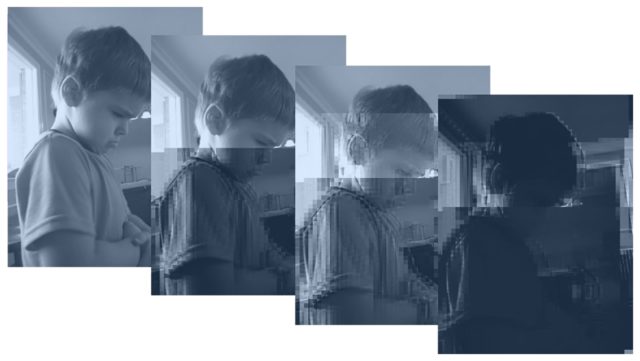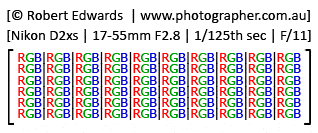Myths, facts, and best practices
When it comes to digital photography, discussions around file formats can sometimes create more confusion than clarity. One such myth I sometimes encounter is that TIFF is always superior to JPEG. Similar to the misconception on what defines “high resolution”. After nearly 30 years working directly on digital photography standards, including at ISO and the Australian Photographic Digital Imaging Guidelines, I can confidently say: superiority depends entirely on the context and final use of the file.
Context is everything
Choosing the right file format should always start with the end goal in mind. Are you preparing an image for a billboard, a museum-grade archive, a website, or a social media post? Each use case has different requirements for file size, quality, and compatibility.
Choose your file format based on your workflow and deliverables, not myths about what is “best.” TIFF files aren’t inherently better; they are just different, and their advantages or disadvantages depend on what you are trying to achieve.

TIFF vs JPEG: Key differences
TIFF
- Larger File Size: TIFF files are typically much bigger than JPEGs, sometimes by a factor of 5–10x or more. This can impact storage costs, transfer speeds, and workflow efficiency.
- Flexible Options: TIFF isn’t a single format—it has many “flavours.” You can save TIFFs uncompressed, or even with layers (in some software). This flexibility is powerful, but it can also lead to compatibility headaches.
- Ideal for Editing: If you are making multiple, heavy edits, TIFF is a strong choice because it preserves all the image data without degradation.
JPEG
- Compressed and Efficient: JPEG uses lossy compression, meaning some image data is discarded to reduce file size. This makes JPEG perfect for quick delivery and web use, but repeated saves can degrade quality further.
- Wide Support: JPEG is universally supported thanks to its adoption by the Internet, digital cameras, and smartphones. No other format comes close for everyday compatibility.
- Smart Editing Practice: When edit a JPEG, first save it as a TIFF (or a PSD file). This prevents cumulative quality loss from multiple JPEG resaves.
Best practice
- For original capture: If your camera supports RAW, shoot RAW. TIFF will be larger than RAW and have less data, while a high-quality JPEG can be useful for immediate delivery.
- For Heavy Editing: Start by converting your working file to TIFF (or PSD) after the first open.
- For Delivery: Match the format to the delivery. JPEG for online and standard prints, 16 bit TIFF for archival or high-end commercial work.
Don’t get caught up that TIFF is always better than JPEG. Make file format decisions based on your workflow, your clients needs, and your end goals.
